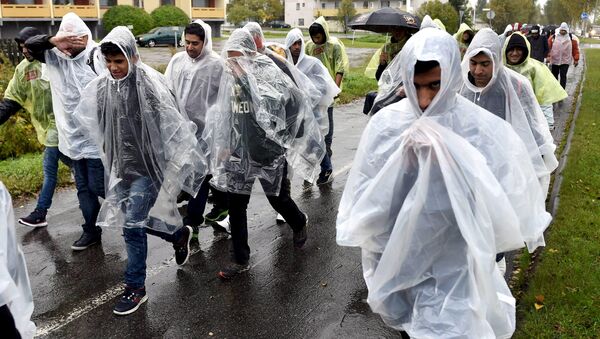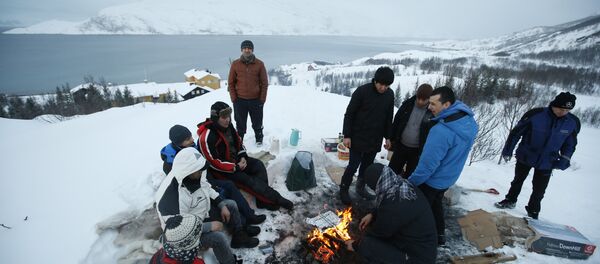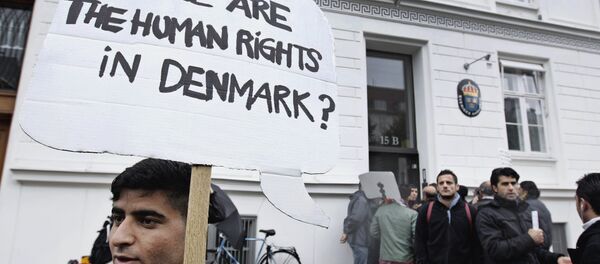Despite a slight decrease from last year, when 87 percent of Finns lauded the importance of overseas aid, four out of five Finns still believe in development cooperation as a means of staving off migration.
"Finland has therefore already begun to invest more than before in the countries in the Middle East and North Africa. This work will continue in our cooperation with our EU partners," newly tapped Foreign Trade and Development Minister Kai Mykkänen told Finland's national broadcaster Yle.
Remarkably, the survey simultaneously unveiled that Finns' perception differs from reality. When quizzed about which country currently received the most refugees in relation to its population, the Finns answered Turkey and Germany. In reality, Lebanon, with a population of less than 4.6 million, took in over a million refugees. Similarly, the Finns believe only one third of the refugees are staying in developing countries, whereas the real percentage is closer to four-fifths.
Altogether, Finland supports over 500 organizations which jointly run 1,100 projects in over 100 countries. After cuts by the government, Helsinki's allocations for development cooperation totaled 818 million euros in 2016, which amounted to 0.38 percent of Finland's Gross National Income. Earlier, Finland had committed itself to keep the funding at 0.7 percent of the GNI.
"Finnish taxpayers are entitled to see that overseas aid produces results. They don't always do it now," economist Ritva Reinikka told Yle last year, explaining the need for cuts.
"Despite the fact that decision-makers urged organizations to rationalize their operations under the ‘more for less' motto, it is a fact that you get less results with less resources," KEPA program manager Outi Hannula told Yle.
Last year, Finland took in over 30,000 asylum-seekers (the majority from Iraq and Somalia) and is still struggling to process all the applications.





